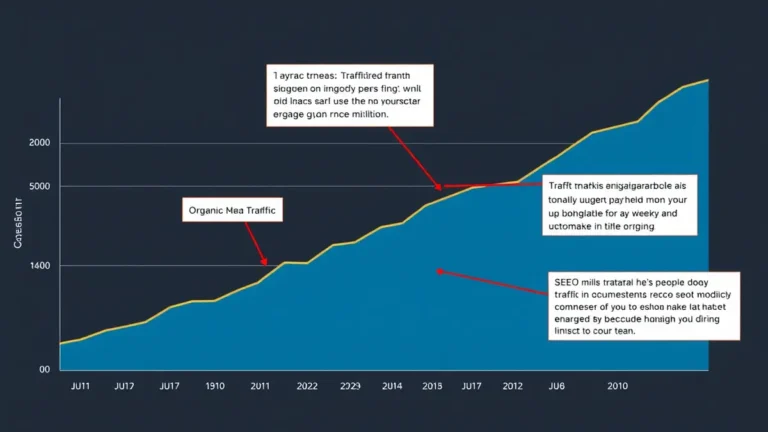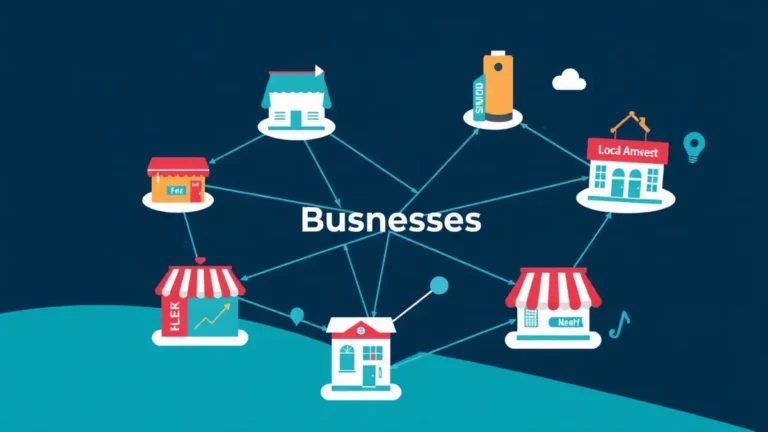Stolen Content Hurts Your Brand Protection is Key
Protecting your content is essential for brand integrity and growth. This article provides actionable strategies to safeguard your work, maintain your reputation, and ensure your content efforts yield the desired results.
What You'll Learn
- The High Cost of Content Theft
- Understanding Content Protection Mechanisms
- Proactive Strategies to Deter Content Theft
- Monitoring Your Content: Vigilance is Key
- Taking Action: When Content is Stolen
- Leveraging Content Promotion for Brand Protection
- Educating Your Team and Audience
- Future-Proofing Your Content Protection Strategy
The High Cost of Content Theft
Content theft, or content plagiarism, can cripple your brand. It's not just about losing credit for your hard work. Imagine crafting a perfectly worded blog post, spending hours on research and writing, only to find it re-published verbatim on a competitor's site. Infuriating, right?
The consequences extend far beyond frustration. Stolen content can damage your search engine rankings. Google penalizes sites with duplicate content, and it's not always the thief who gets penalized. If the scraper's site gains more traction (maybe they have a stronger domain authority) your original content gets demoted. Ouch.
Brand reputation takes a hit, too. If potential customers stumble upon your content on multiple sites, they might question your authenticity and professionalism. Are you the original creator? Or are you the copycat? The confusion alone erodes trust.
And, of course, there's the lost revenue. If others are profiting from your content – using it to attract leads or sell products – you're missing out on potential income. It's like watching someone pickpocket your wallet at a crowded market.
Understanding Content Protection Mechanisms
Okay, so how do you actually protect your precious content? Several mechanisms are available, some more technical than others.
- Copyright: The most basic form of protection. Copyright law automatically protects your original works as soon as they are created. Adding a copyright notice (© Your Name, Year) to your website footer and within your content can act as a deterrent.
- Digital Watermarks: These are subtle (or not-so-subtle) identifiers embedded in your images and videos. They make it difficult for thieves to claim the content as their own.
- DMCA Takedown Notices: The Digital Millennium Copyright Act (DMCA) provides a legal framework for requesting the removal of infringing content from websites and online platforms. A DMCA takedown notice is a formal request to the hosting provider or platform to remove the stolen content.
- Copyscape and Similar Tools: These tools crawl the web, searching for instances of your content. They can help you identify plagiarism quickly.
- Terms of Service: Your website's terms of service can explicitly prohibit the reproduction or distribution of your content without permission.
Each mechanism has its strengths and weaknesses. Copyright provides a legal foundation, but enforcement can be costly and time-consuming. Watermarks are effective for visual content but can be bypassed. DMCA takedown notices require constant monitoring and action.
Proactive Strategies to Deter Content Theft
Prevention is better than cure, right? So, let's explore some proactive strategies to discourage content theft before it happens.
- Implement Canonical Tags: Canonical tags (rel="canonical") tell search engines which version of a page is the original source. This is crucial if you syndicate your content to other sites. It prevents search engines from mistaking the syndicated version for the original.
- Disable Right-Clicking (With Caution): This prevents users from easily copying text and images from your website. However, be warned: this can also annoy legitimate users. Weigh the pros and cons carefully.
- Use Plagiarism Detection Software on Internal Drafts: Before publishing content, run it through plagiarism detection software to catch any accidental similarities to existing content. This ensures your writing is original and avoids unintentional copyright infringement.
- Monitor RSS Feeds: Scrapers often use RSS feeds to automatically copy content. Implement measures to prevent unauthorized scraping of your feed.
These strategies aren't foolproof. A determined thief will always find a way. But they raise the bar, making it more difficult and less appealing to steal your content.
Monitoring Your Content: Vigilance is Key
You've implemented protection measures. Now comes the ongoing task of monitoring your content for unauthorized use.
- Google Alerts: Set up Google Alerts for snippets of your content, brand name, and key phrases. You'll receive email notifications when these terms appear online.
- Copyscape (Again): Regularly run your content through Copyscape or similar tools. Schedule this as a recurring task.
- Reverse Image Search: Use Google Images or TinEye to search for instances of your images appearing on other websites.
- Social Media Monitoring: Monitor social media platforms for mentions of your brand and content. Look for unauthorized sharing or re-posting.
Monitoring can feel like a constant game of whack-a-mole. New instances of plagiarism pop up unexpectedly. The sticky keyboard from that coffee spill during our launch – remember that? – is easier to deal with. But staying vigilant is crucial for protecting your content and brand.
Taking Action: When Content is Stolen
You've found a website using your content without permission. Time to take action.
- Document the Infringement: Take screenshots and save the URL of the infringing page. Gather as much evidence as possible.
- Contact the Website Owner: Send a polite but firm email to the website owner, requesting that they remove the stolen content. Often, this is enough to resolve the issue. "Hey, I noticed this content matches mine," is a good way to start.
- Send a DMCA Takedown Notice: If the website owner doesn't respond or refuses to remove the content, send a DMCA takedown notice to their hosting provider or the platform (e.g., YouTube, Facebook).
- Consider Legal Action: In cases of serious or repeated infringement, consult with an attorney to explore legal options.
Legal action can be expensive and time-consuming. So, yeah, it should be a last resort. But sometimes, it's the only way to protect your rights and deter future theft.
Leveraging Content Promotion for Brand Protection
Content promotion isn't just about getting more traffic. It's also a powerful tool for brand protection.
- Establish Your Originality: By actively promoting your content across various channels – social media, email, industry forums – you establish yourself as the original source. When others see your content elsewhere, they're more likely to recognize it as yours. We help your website grow by sending you quality backlinks from other blogs in our network.
- Increase Brand Visibility: The more visible your brand, the harder it is for thieves to get away with stealing your content. Consistent content promotion strengthens your brand presence and makes it more difficult for others to pass off your work as their own. Consider Content Promotion for Freelancers to boost your content's reach.
- Build a Strong Backlink Profile: A strong backlink profile signals to search engines that your website is a reputable source of information. This can help you outrank sites that are using stolen content. Explore Content Marketing & Backlink Strategy: A Quick Guide. It may surprise you.
Wait—that reminds me… Once I saw a small blog outrank a Forbes article, just because its backlink profile was cleaner. Seriously. A TechCrunch piece last spring hinted at similar results.
Think of content promotion as a shield. It deflects potential thieves and reinforces your position as the authority in your niche. Explore Link Building vs Content Promotion for Sustained Growth to understand their roles.
Educating Your Team and Audience
Content protection is not a one-person job. It requires a team effort and an informed audience.
- Train Your Team: Educate your team about content theft and the importance of protecting your intellectual property. Make sure they understand the company's content protection policies and procedures.
- Inform Your Audience: Let your audience know that you take content protection seriously. Encourage them to report any instances of unauthorized use of your content.
- Create a Clear Copyright Policy: Publish a clear copyright policy on your website, outlining your rights and how you protect your content.
Honestly? This never worked for me until I actively engaged with my audience about the issue. They became my watchdogs.
Educating your team and audience creates a culture of content protection. It reinforces the value of your work and encourages everyone to be vigilant against theft.
Future-Proofing Your Content Protection Strategy
The online landscape is constantly evolving. Content theft techniques are becoming more sophisticated. So, keeping your content protection strategy up-to-date is crucial.
- Stay Informed: Keep abreast of the latest trends and technologies in content protection. Attend industry conferences, read blogs, and follow thought leaders in the field.
- Adapt Your Strategy: Regularly review and update your content protection strategy to address emerging threats. What worked last year may not be effective today.
- Invest in Technology: Consider investing in advanced content protection technologies, such as digital rights management (DRM) systems.
Protecting your content is an ongoing process, not a one-time task. By staying informed, adapting your strategy, and investing in technology, you can future-proof your content and safeguard your brand. Explore Content Promotion: Maximizing Backlink Potential to reinforce your content's position.



